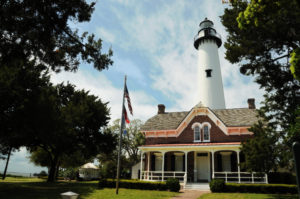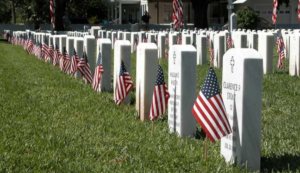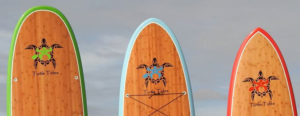A visit to Amelia Island would be incomplete without taking time out from the beach to visit the island’s northernmost tourist attraction: Fort Clinch. A masonry fortification that was originally designed to protect the states from coastal invaders along a key maritime corridor at the Florida-Georgia line, Fort Clinch is well-known for protecting Union soldiers from their own southern countrymen during the Civil War in lieu of foreign threats. Today the fort stands as a reminder of the division between the states during the mid-19th century, as well as a place of solemn reflection upon the great lengths our forefathers went through to protect this nation from those that wished to do us harm from abroad.

Construction began on this Civil War era fortification in 1847 in the aftermath of the War of 1812, as federal leaders came to the realization that the status quo of coastal defense was a potential threat to national security. Congress recognized that a revitalized coastal defense system was needed to protect the country’s Atlantic shoreline, as well as locations along the Pacific Coast. This congressional initiative, known as the Third System, called for the construction of modern military installations to protect coastal waters, with Fort Clinch serving to safeguard passage to the St. Marys River and Cumberland Sound.
The fort’s construction combined a simple yet effective design with a strategic coastal location to protect inhabitants of the Georgia-Florida coast. Pentagonal in shape with five correlating bastions located on each corner of the structure, Fort Clinch maintained century’s old fortification methods that had been tested by time. However, unlike grand coastal forts of the past – such as the oldest masonry fort in the US, Castillo De San Marcos – Fort Clinch diverted away from the coquina wall construction of old to a modern, red-brick facade.
Although construction of these brick-lain coastal batteries proved to be an ambitious project laid out with the best of intentions, installations similar to Fort Clinch were quickly regarded as obsolete as effective deterrents of both foreign and domestic forces. The utility of the newly developed rifled cannon would be proven by Union Captain Quincy A. Gilmore against Georgia’s Confederate-held Fort Pulaski during an attack on April 11th, 1862. A little more than a day’s worth of bombardment would quickly render brick fortifications no match for the modern weapon.

The success Union forces experienced with the rifled cannon at Fort Pulaski was irrelevant to the rebels stationed within Fort Clinch. Just a month earlier, those soldiers had already abandoned their posts under the direct order of General Robert E. Lee, citing a greater need for Confederate troops in other areas. It didn’t take long after for federal troops to move into Fort Clinch, and they remained at the installation until the end of the war. Since that time, the fort has been sporadically abandoned, manned, and abandoned again by the United States military, leaving its future uncertain by the turn of the 20th century. Finally, during the Great Depression, the Civilian Conservation Corps began to bring the fort back to life, restoring the masonry fort to its Civil War era condition.

Today, Fort Clinch is managed by the Florida Park Service, which not only maintains the grounds in their original condition, but also holds special events that grant visitors a truly unique Civil War era experience. One of these regular events is the First Weekend Union Garrison, held on the first weekend of every month. The weekend-long event has Union soldiers manning different stations within the fort – dressed in Civil War era attire – giving visitors a look into the life of a fort soldier during the latter years of the Civil War. Volunteers hold primitive weapons demonstrations, marching drills, musical interludes and history lessons, all without breaking character. Try pulling out your cell phone to take a picture of one of the many historians perusing through the fort grounds during First Weekend and you’ll be sure to get some entertaining reactions.

It doesn’t matter if you’re a Civil War buff, or just a curious tourist looking for a break from the beaches on your Amelia Island vacation, Fort Clinch has something for everyone. With events picking up during the spring and summer months at Fort Clinch State Park, now is a great time to take a stroll back in time with a visit to this well-maintained coastal relic of the Civil War. For directions to Fort Clinch, click here. More information:



